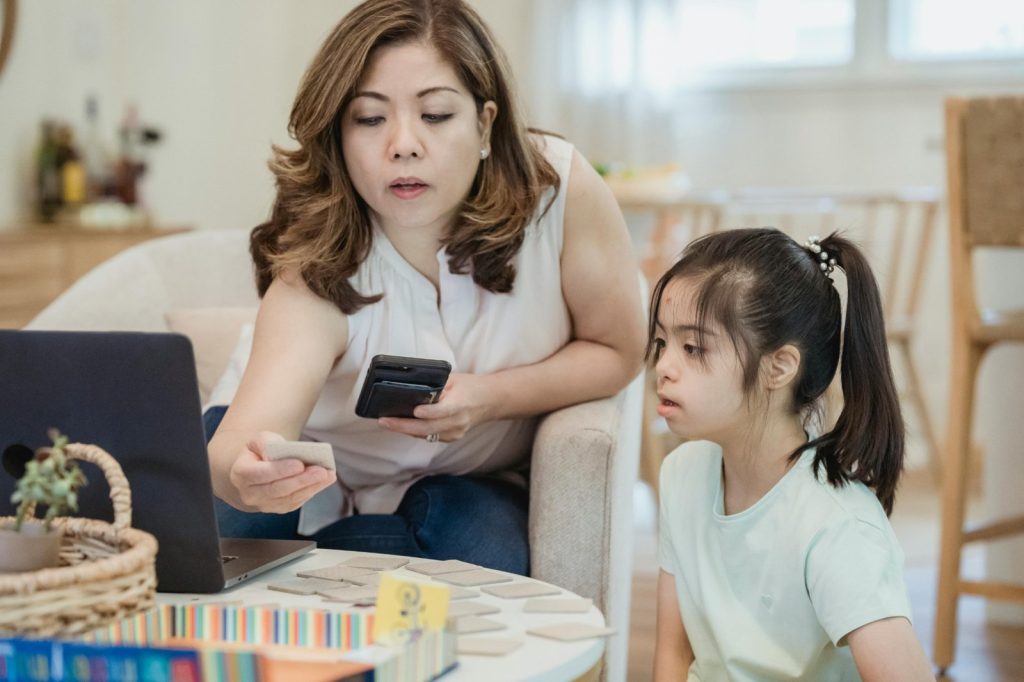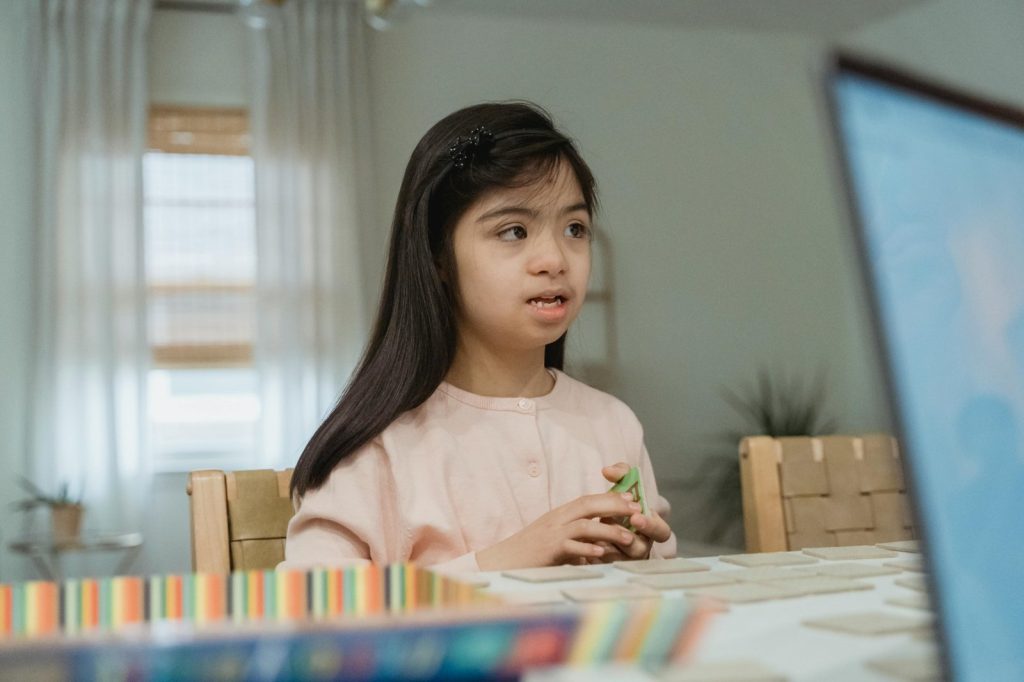Play is often called the “work” of childhood, but for children with autism, it’s also a powerful tool for learning, emotional growth, and communication. Whether stacking blocks, acting out daily routines, or joining group games, structured play helps build real-world skills. With the right ABA strategies, autism support tools, and parent involvement, families can turn everyday playtime into opportunities for learning and connection – no therapy room required.
Understanding Autism and Play
Children with autism often approach play differently. Some prefer solitary activities, repeat familiar routines, or find imaginative play challenging. This doesn’t mean they don’t want to connect – it means they may need more structure, modeling, and support to build social and pretend play skills over time.
Focusing on autism and play means meeting each child at their current skill level, then gradually introducing new ways to play using visual supports, reinforcement, and guided interaction.

The Role of ABA in Play-Based Learning
Applied Behavior Analysis (ABA) breaks complex skills into small, achievable steps, making it highly effective for teaching play and social interaction. Both in therapy and with ABA at home strategies, play-based learning might include:
- Expanding social skills goals for autism
- Teaching turn-taking and cooperative play
- Embedding reinforcement into favorite games
- Using a structured social skills curriculum for autism through play activities
- Supporting autism emotional regulation with calming routines during play
Play gives children a natural, motivating way to practice emotional control, flexibility, and social communication.
Types of Play in Autism: Key Stages to Watch
Understanding the developmental stages of play helps families set realistic goals:
- Exploratory play: Examining toys through touch or movement
- Functional play: Using toys for their intended purpose, like rolling a car
- Constructive play: Building towers or organizing materials
- Pretend play: Acting out everyday scenarios or imaginative stories
- Social play: Engaging with peers in games or collaborative activities
Parallel play and autism often emerges first – children play side-by-side without directly interacting. With support, this can evolve into cooperative and social play over time.

Fostering Pretend Play at Home
Pretend play supports language, creativity, and emotional flexibility – especially important for high-functioning autism pretend play. Families can encourage this by:
- Acting out daily activities, like cooking or going to the doctor
- Using dolls or action figures to model social interactions
- Creating simple stories with puppets or toys
- Narrating pretend play to provide social scripts
This approach helps children practice symbolic thinking and develop empathy while having fun.
Turning Play Into Functional Learning
Every play session can reinforce life skills with ABA parent training strategies and visual supports. Examples include:
- Practicing social skills activities for autism, like turn-taking
- Following visual schedules for playtime routines
- Using PECS or communication devices to request toys
- Teaching patience, sharing, and problem-solving
Aligning play activities with ABA therapy goals helps children generalize skills beyond structured sessions.

Tools and Tips for Meaningful Play
Make playtime both fun and educational with these ideas:
- Use visual schedules or first/then boards to structure play sessions
- Rotate toys regularly to promote novelty and engagement
- Reinforce social interactions, even small attempts
- Add calming breaks between energetic games
- Explore autism resources for parents for themed play activities
These strategies keep play sessions balanced and support both learning and emotional regulation.
Conclusion
For children with autism, play isn’t just recreation – it’s a pathway to learning, independence, and confidence. By blending ABA strategies, parent involvement, and structured play activities, families can help children develop communication, social, and emotional skills in a fun, engaging way.
With intention, consistency, and creativity, autism and play can become the foundation for growth at home and beyond.
FAQ: Autism and Play
1. Why is play important for children with autism?
Play builds communication, social interaction, emotional regulation, and real-world skills.
2. What types of play help children with autism most?
Pretend play, cooperative games, and structured social activities build language, empathy, and flexibility.
3. How can parents encourage play at home?
Use visual supports, model play skills, and integrate ABA strategies like reinforcement and prompting.
4. What if my child prefers solitary play?
Start with parallel play and gradually introduce cooperative games as comfort grows.
5. How does ABA therapy support play skills?
ABA breaks skills into small steps, uses reinforcement, and helps children practice in natural settings like home or school.
